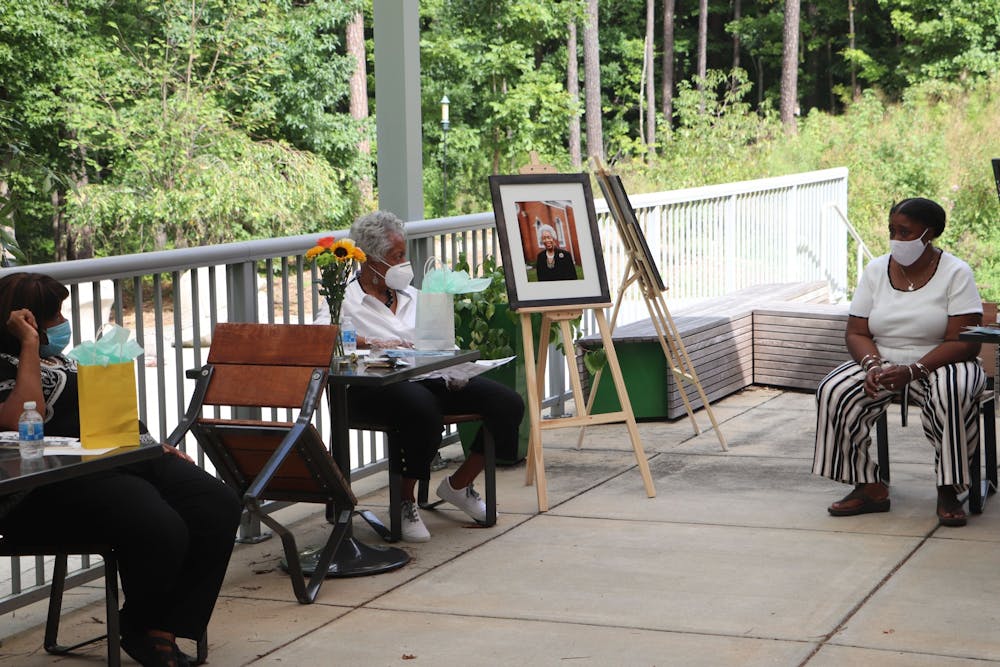In partnership with the Chapel Hill Public Library, Chapel Hill-area historians launched a new online exhibit on the Chapel Hill Community History website to document the role of Black women in local civil rights movements.
Led by community historian Danita Mason-Hogans, “I Was Still Singing” offers a look into the perspectives of Black women who have shaped the Town’s history.
Mason-Hogans said the University’s presence can often overshadow the history of the local community — particularly the Black community — and the exhibit seeks to focus on telling previously untold stories in the community.
“We're just learning about Ella Baker," Mason-Hogans said. "We're just learning about local people like Pauli Murray. We’re learning about the contributions that Black women have made. And always, when there's like a national history, there is a corresponding local history because there was a corresponding local movement.”
Mandella Younge, one of the producers for the project, said the team originally planned to launch the exhibit in spring 2020 with a variety of in-person events. However, due to COVID-19, the team adapted the exhibit to engage with the community online.
The stories of the exhibit are centered around policies that impacted the Black community in Chapel Hill, Mason-Hogans said. Black women could not afford to focus on just one issue, she said, because the policy issues were and continue to be so fundamentally interconnected.
“We couldn't talk about health care without talking about poverty. We can't talk about poverty without talking about housing," Mason-Hogans said. "We can't talk about housing without talking about labor. We can't talk about labor without talking about education, which feeds into opportunity and access, and it all, you know, centers around policy.”
Mason-Hogans and the team adopted an “inside out and bottom up approach” in their efforts to document history. This approach to historical analysis challenges the idea that only scholars in a field can document history about a community and instead centers the communities that were part of the historical movements, she said.
Younge said the team began conducting interviews during fall of 2019. All of the women interviewed were asked to bring a story of their involvement with activism, service and the civil rights movement, Younge said, and from those interviews, the team found their central themes: “Body” (health care), “Mind” (education) and “Soul” (community organizing).




